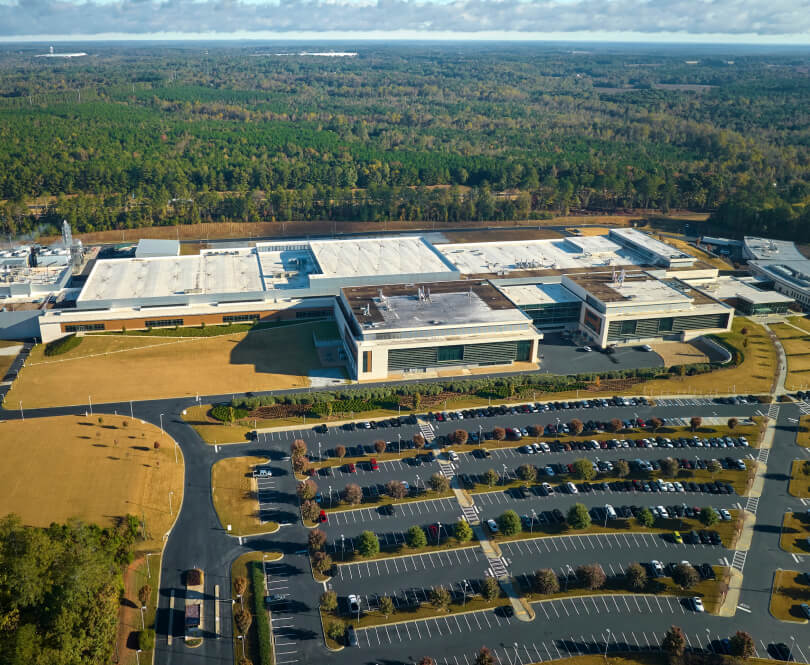Understanding net zero
The pursuit of net zero emissions has long been a conversation for corporate enterprises, Government and the investment community. But what does it mean and how will it be achieved?
In business, reaching net zero means your organisation can balance the amount of Greenhouse Gases (GHG) emitted by the amount removed.
This is typically done by reducing emissions through the use of renewable energy, energy efficiency measures, and other sustainable practices, then using offsets for any remaining emissions till viable solutions are feasible. The goal of net zero is to limit global warming and mitigate the impacts of climate change by reducing the amount of greenhouse gases that are released into the atmosphere. Achieving net zero is an important target for businesses, governments, and individuals alike as we work towards a more sustainable future. In this process it’s important to seek out progress over perfection.
Net zero is similar to a balance sheet where assets and liabilities balance out to zero in financial language. To understand how organisations can make progress towards net zero, it’s essential to understand scope 1, 2, and 3 emissions:

These are direct emissions from sources that are owned or controlled by the company, such as emissions from combustion of natural gas in boilers or drying oven, transportation, or industrial processes.
These are indirect emissions from the consumption of purchased electricity, heat, or steam. They are called ‘indirect’ because the emissions are created by a third party, but they are still a result of the company’s activities.
These are indirect emissions that are not included in Scope 2. They are caused by the company’s activities but occur in sources not owned or controlled by the company, such as emissions from the extraction, production, and transport of purchased materials, employee commuting, or waste disposal.
This basically covers everything else both up and downstream of your operations. For example, if you were a red meat processing company it would include enteric methane from cattle. Or for a commercial building owner, it would be the embodied emissions associated with the manufacture of building products

Carbon neutral is balancing greenhouse gas emissions with offsets and often verified through a rigorous certification program, such as climate active.
Climate neutral is slightly different as it considers net impact in terms of contribution to global warming via temperature rise. Emissions and removals are considered.
SBTs provide a clearly defined pathway to reduce greenhouse gas emissions in line with the Paris agreement to limit global warming to well below 2°C above pre-industrial levels and pursuing efforts to limit warming to 1.5°C.
When organisations commit to a SBT they get a clear understanding of the rate of emissions reduction, timing and boundaries. This enables the leadership group to align business strategy and sustainability goals.
Reducing GHG emissions from all activities to the greatest extent possible, and then netting the remainder of emissions off via removals or offsets.
NRG-ONE offers a range of services, advice, and solutions to help you achieve your sustainability goals, regardless of your industry, location, or size of your operation. Our process starts with a conversation and ends with tangible results that are aligned with your objectives and add value. Our team is always across the latest advice, so any initiatives you undertake will be considered best practice for your industry.